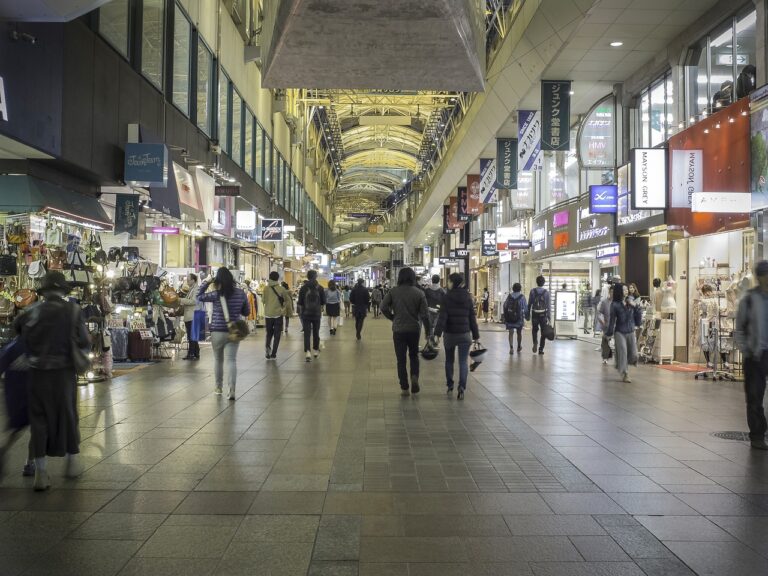The Rise of Cashless Museums: QR Code Payments for Tickets and Gift Shop Purchases
With the rise of technology, museums are increasingly embracing digital payment methods to cater to the evolving needs of visitors. The convenience and efficiency of digital transactions not only streamline the process but also enhance the overall visitor experience. From purchasing tickets to acquiring souvenirs, the shift towards digital payments in museums is seen as a natural progression in the digital age.
Moreover, digital payment systems offer museums valuable insights into visitor spending patterns and preferences. By analyzing this data, museums can tailor their offerings to better meet the needs and interests of their audience. This data-driven approach allows museums to make informed decisions that can ultimately lead to increased revenue and visitor satisfaction.
Benefits of Implementing QR Code Payment Systems in Museums
QR code payment systems are revolutionizing the way transactions are conducted in museums. By offering a seamless and contactless payment option, museums can enhance the overall visitor experience and streamline the purchasing process. Visitors can simply scan the QR code displayed at the point of sale and complete their transactions swiftly and securely.
One of the notable benefits of implementing QR code payment systems in museums is the convenience it offers to both visitors and museum staff. With just a few taps on their smartphones, visitors can make purchases without the need for physical cash or cards. This not only speeds up the transaction process but also reduces the risk of errors and enhances the overall efficiency of museum operations.
QR code payment systems offer a seamless and contactless payment option
Visitors can scan the QR code displayed at the point of sale for swift and secure transactions
Convenience is a key benefit for both visitors and museum staff
Transactions can be completed with just a few taps on smartphones, eliminating the need for physical cash or cards
Speeds up transaction process, reduces errors, and enhances overall efficiency of museum operations
Enhancing Visitor Experience through Cashless Transactions
Cashless transactions have revolutionized the way visitors engage with museums, offering convenience and efficiency. By eliminating the need for cash handling, museums can streamline their operations and provide a seamless experience for visitors. The ease of making payments through digital platforms not only saves time but also enhances the overall visit by reducing wait times at ticket counters and souvenir shops.
Moreover, cashless transactions enable museums to cater to a broader range of visitors, including those who prefer using credit cards or mobile payment apps. This inclusive approach ensures that all guests can enjoy a hassle-free experience without the limitations of traditional payment methods. By embracing cashless transactions, museums can create a more visitor-friendly environment and adapt to the evolving preferences of their audience.
Why should museums consider implementing cashless transactions?
Implementing cashless transactions can help museums streamline their payment processes, reduce the risk of theft, and provide visitors with a convenient and modern payment option.
How does the shift towards digital payments benefit museums?
Digital payments can help museums attract more visitors, increase revenue, and improve overall visitor experience by offering a quick and secure payment method.
What are the benefits of implementing QR code payment systems in museums?
Implementing QR code payment systems can help museums reduce transaction times, eliminate the need for physical cash handling, and provide visitors with a contactless payment option.
How can cashless transactions enhance visitor experience in museums?
Cashless transactions can enhance visitor experience by providing a more convenient and efficient payment method, reducing wait times at ticket counters and gift shops, and offering a secure payment option for visitors.







